Nestled in the Ozark Mountains of northwest Arkansas, Eureka Springs offers a charming blend of Victorian architecture, natural wonders, and artistic appeal. This quirky mountain town has preserved its historic downtown while embracing a vibrant, creative culture that attracts visitors from across the country.
A journey through Eureka Springs reveals a place where history and whimsy coexist on winding, hilly streets. Here is a list of 13 must-see spots that showcase the unique character of this enchanting Arkansas gem.
Christ of the Ozarks

Standing 67 feet tall on Magnetic Mountain, this massive white statue commands attention from miles away. The seven-story monument was erected in 1966 as part of the Sacred Projects initiated by Gerald L.K. Smith.
The statue’s stark white form creates a dramatic silhouette against the lush Ozark backdrop, particularly striking at sunset. Visitors can walk around the base and enjoy panoramic views of the surrounding valleys and hills.
Thorncrown Chapel
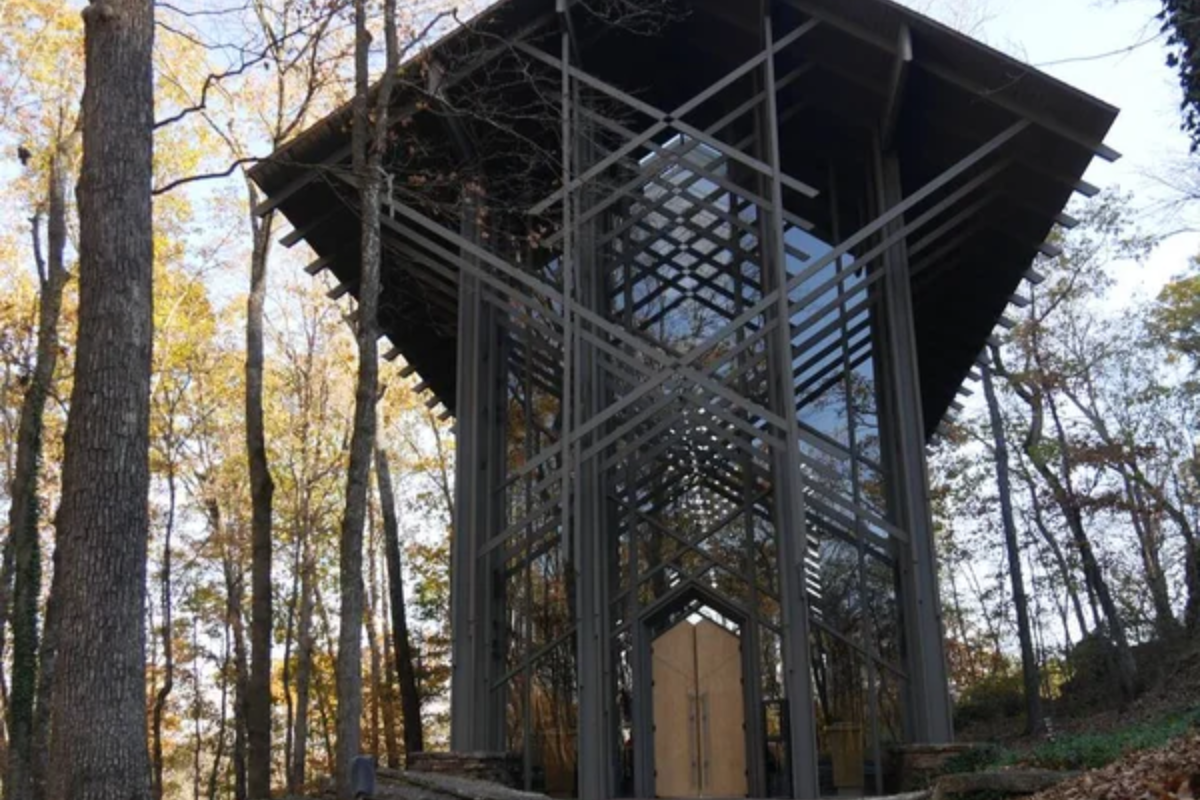
This architectural marvel sits nestled among the woodlands just outside town. Designed by E. Fay Jones, a student of Frank Lloyd Wright, the chapel features 425 windows and over 6,000 square feet of glass that create an ethereal light display as sunshine filters through the surrounding forest.
The soaring wooden beams mimic the trees outside, blurring the line between human creation and nature. The chapel has won numerous architectural awards and remains one of the most photographed buildings in Arkansas.
Like Travel Pug’s content? Follow us on MSN.
Basin Spring Park
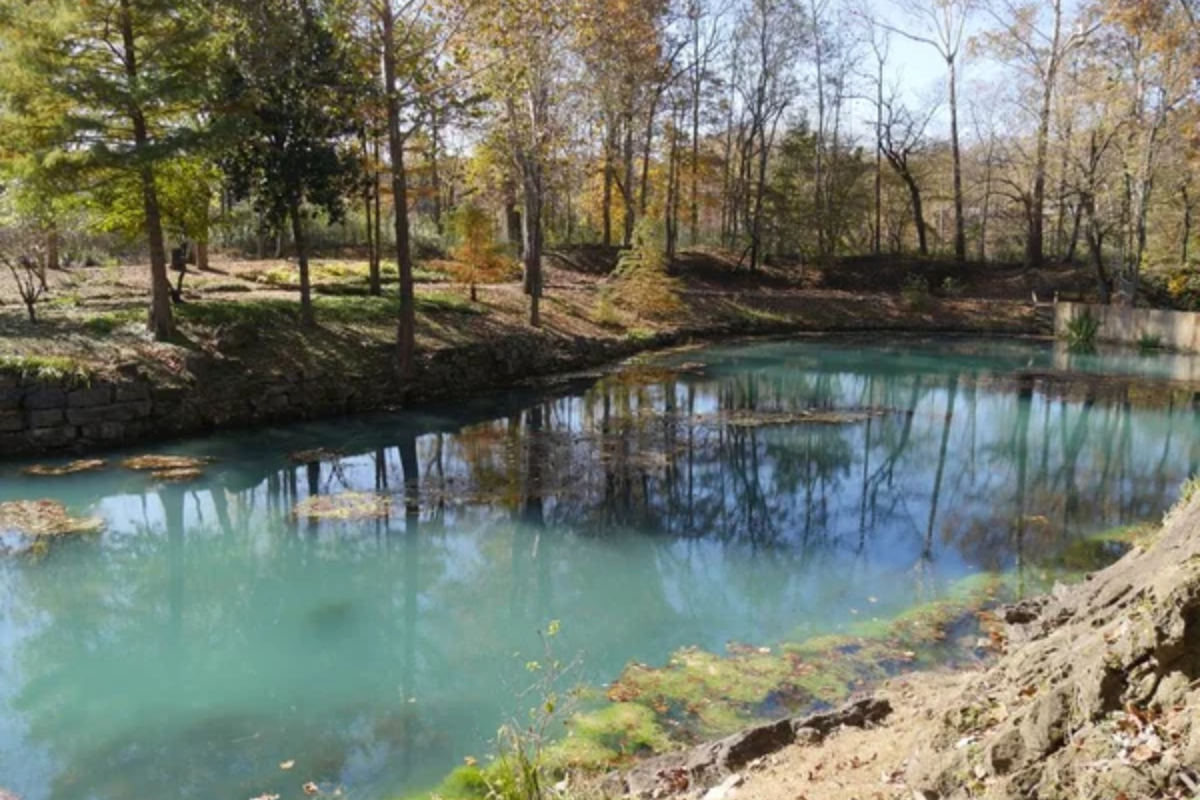
The literal heart of Eureka Springs, this downtown park, surrounds the natural spring that gave the town its name and purpose. Victorian-era visitors flocked here seeking the healing properties of the mineral waters.
The charming gazebo and stone basin create a peaceful retreat from the bustle of the surrounding streets. Musicians often perform impromptu concerts here during warmer months, adding a festive atmosphere to this historic gathering spot.
The Crescent Hotel
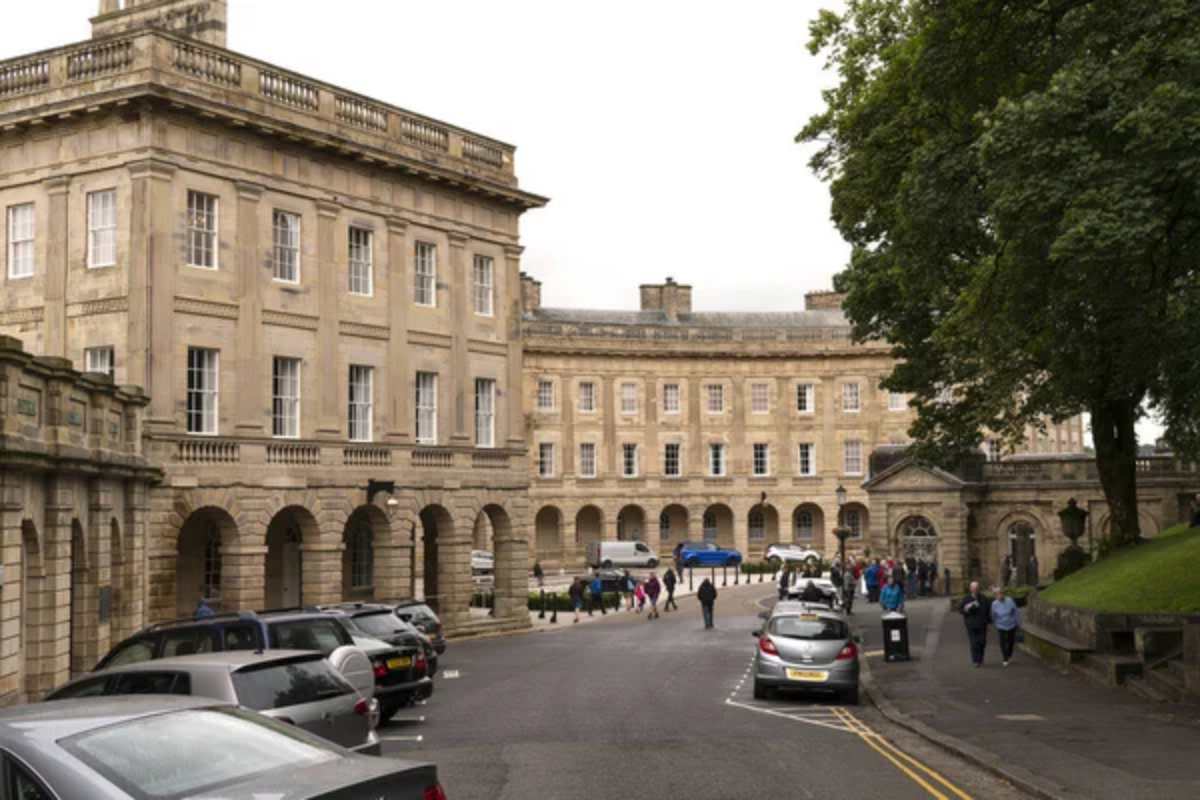
Known as “America’s Most Haunted Hotel,” this magnificent 1886 structure perches atop the highest point in town. The limestone building has served as a luxury resort, a dubious cancer hospital, and now a fully restored hotel with period furnishings and spectacular views.
Ghost tours take visitors through the building’s darker history, including its time as a fraudulent cancer clinic in the 1930s. Even skeptics appreciate the hotel’s grand architecture and meticulously maintained gardens.
Turpentine Creek Wildlife Refuge
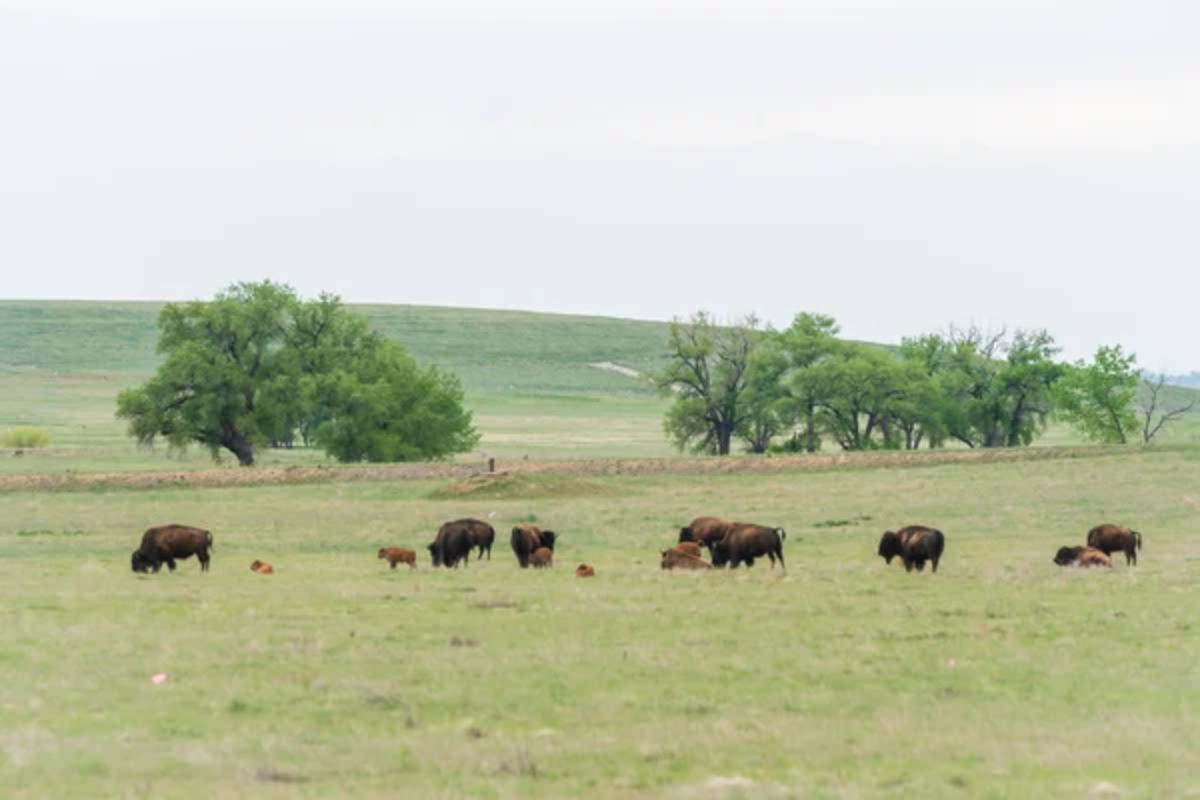
Just a short drive from downtown, this 459-acre sanctuary provides lifetime refuge for abandoned, abused, and neglected big cats. Visitors can observe tigers, lions, leopards, and other exotic animals in spacious habitats while learning about conservation efforts.
The dedicated staff shares stories about each animal’s rescue and rehabilitation. The refuge operates entirely on donations and visitor fees, offering an ethical alternative to exploitative animal attractions.
Like Travel Pug’s content? Follow us on MSN.
Onyx Cave Park
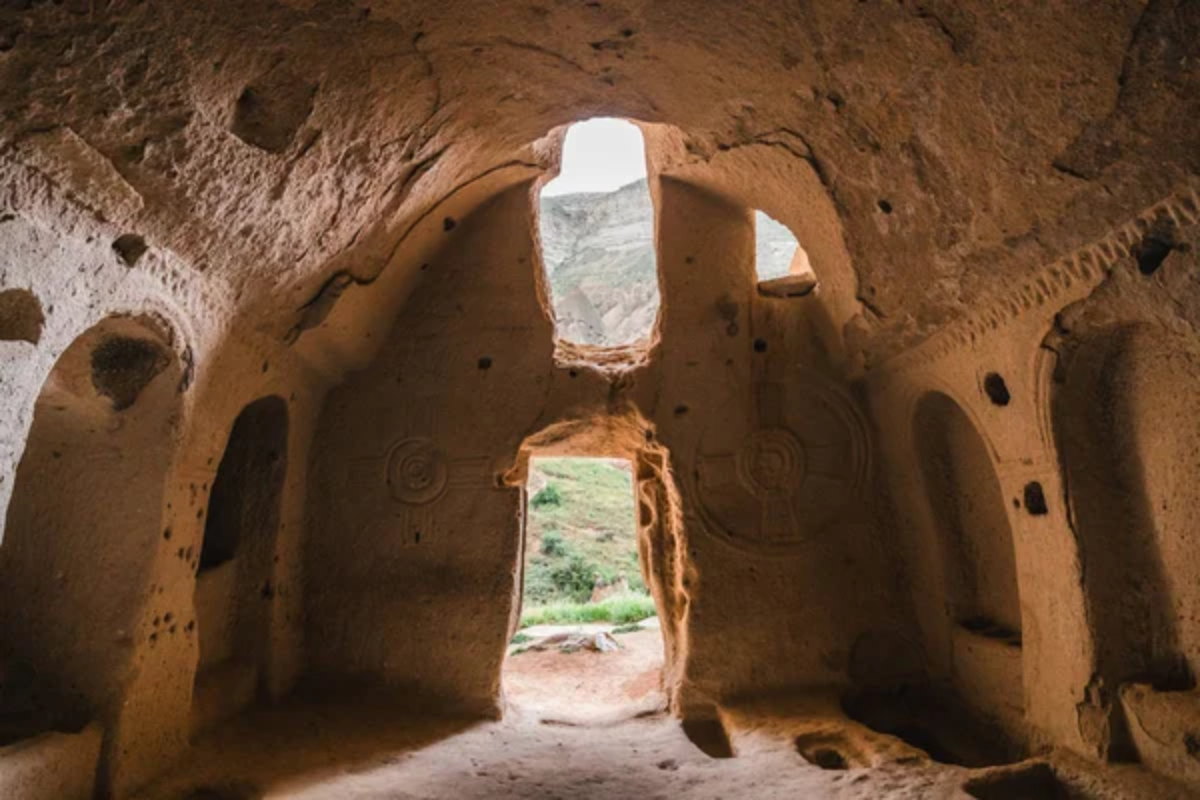
Discovered in 1891, this living limestone cave maintains a constant 57-degree temperature year-round. Guided tours take visitors through chambers filled with stalactites, stalagmites, and flowing onyx formations that continue to grow at the rate of one cubic inch every 120 years.
The cave’s acoustics create natural amplification, demonstrated when guides turn off the lights momentarily to let visitors experience total darkness while listening to the gentle drip of mineral-rich water.
St. Elizabeth Catholic Church

This unusual church is the only one in America where you enter through the bell tower. Built into the hillside in 1909, the church features distinctive stone architecture and beautiful stained glass windows.
The adjacent garden contains a replica of the grotto at Lourdes, France, creating a peaceful meditation space. Visitors of all faiths appreciate the unique construction that incorporates the natural rock formations into the building’s design.
Quigley’s Castle
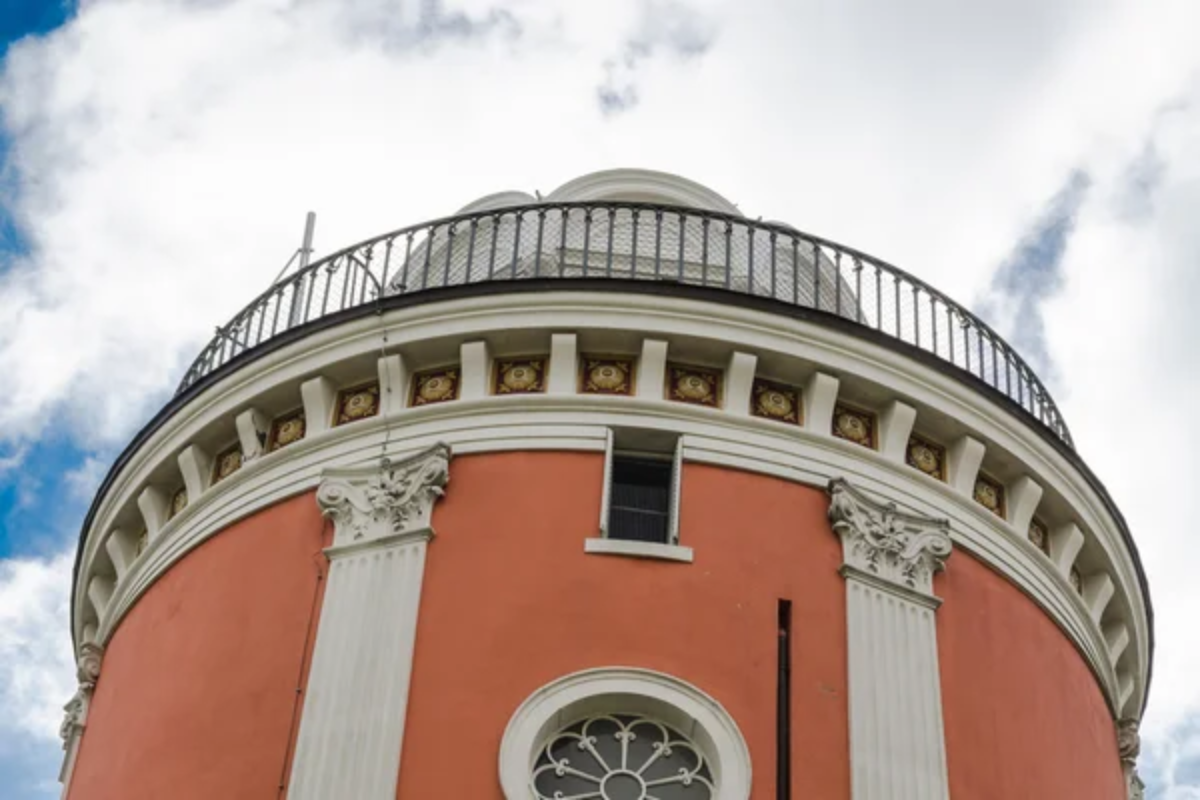
Often called “the strangest dwelling in America,” this unique home was built by Elise Quigley, who insisted her husband construct the house around her beloved garden. The interior walls feature her collection of butterflies, crystals, and thousands of rocks and minerals gathered from around the world.
Tropical plants grow inside the home, reaching toward the second-floor balcony. Though modest in size, the property offers an inspiring glimpse into one woman’s artistic vision and determination.
Like Travel Pug’s content? Follow us on MSN.
Lake Leatherwood Park
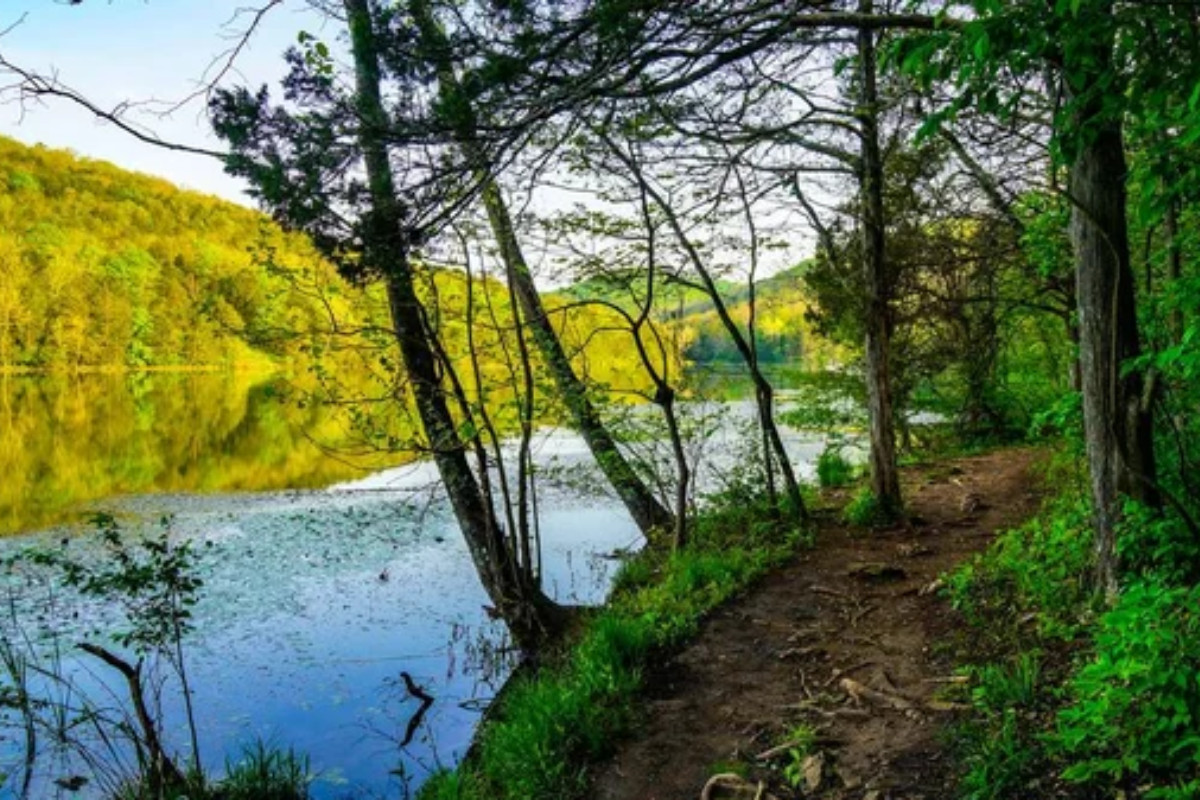
This 1,600-acre municipal park offers outdoor recreation centered around an 85-acre spring-fed lake. Built in the 1940s by the Civilian Conservation Corps, the park features hiking and mountain biking trails that wind through hardwood forests.
The historic limestone dam stands as a testament to Depression-era craftsmanship. Visitors can rent paddleboats, canoes, or fishing equipment to enjoy the tranquil waters surrounded by the Ozark landscape.
Blue Spring Heritage Center
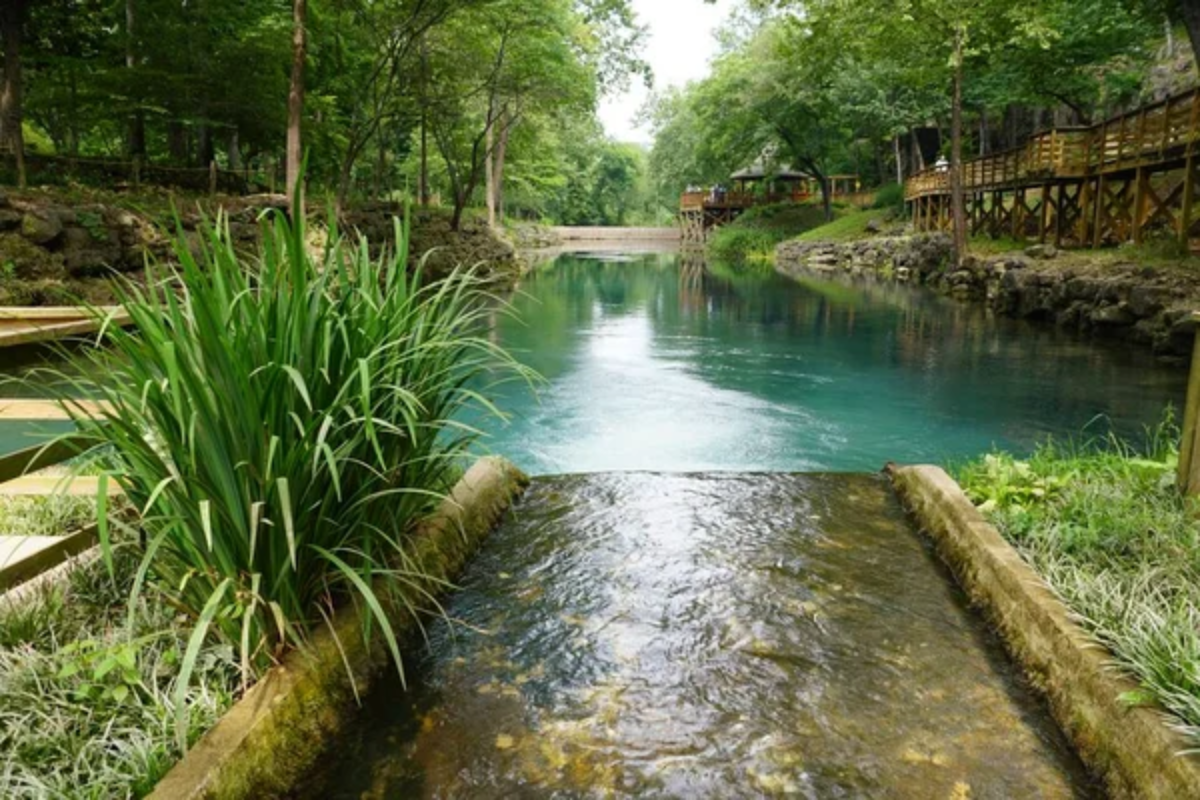
Just outside town, this historic site preserves a spring that produces 38 million gallons of water daily. The vibrant blue waters have attracted humans for thousands of years, evidenced by the Native American bluff shelter on site.
The meticulously maintained gardens showcase native plants arranged around the central spring. The educational exhibits detail the area’s use by indigenous peoples and early European settlers who harnessed the spring’s power for a grist mill.
The Great Passion Play

This outdoor drama depicts the last days of Jesus Christ with a cast of over 150 actors and dozens of animals on a massive set resembling ancient Jerusalem. Performed since 1968 in a 4,000-seat amphitheater, the production uses special effects, lighting, and an authentic setting to create an immersive experience.
The surrounding grounds include the Bible Museum, housing ancient manuscripts, and a section of the Berlin Wall with religious artwork.
Like Travel Pug’s content? Follow us on MSN.
Eureka Springs Historical Museum
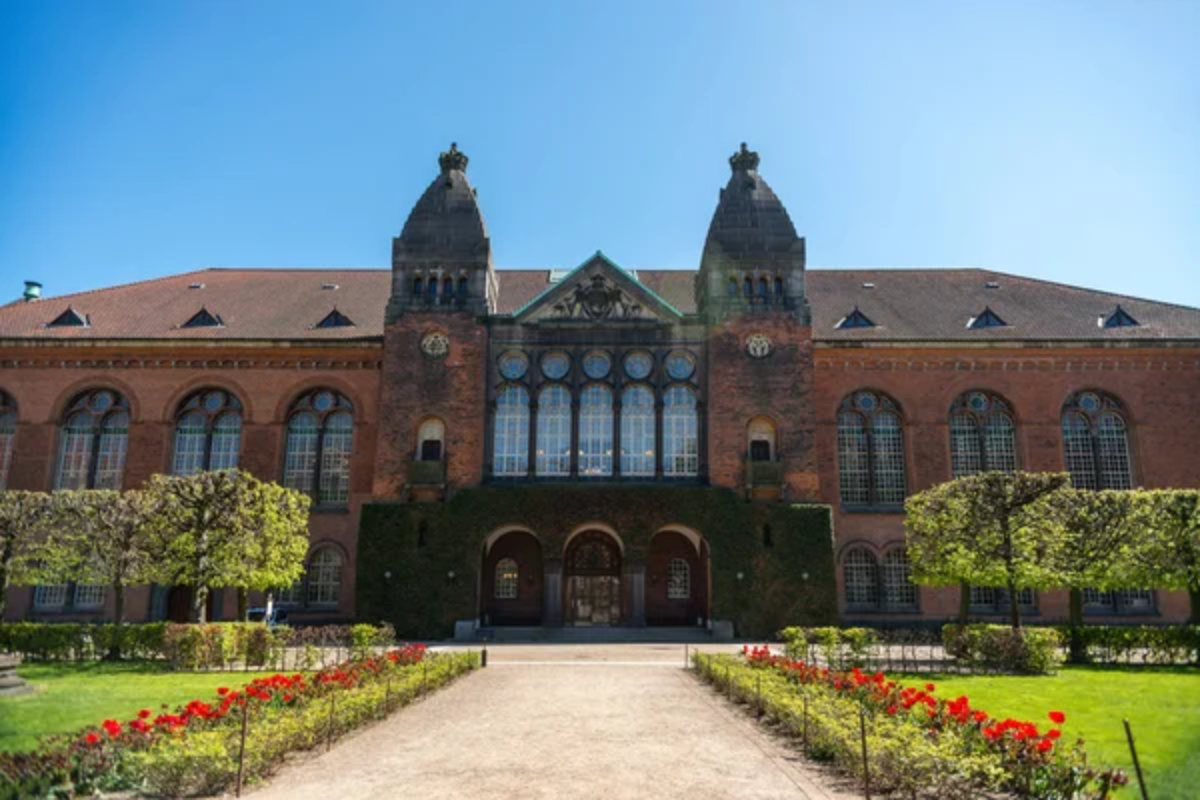
Housed in the 1889 California Building, this museum offers a fascinating look at the town’s evolution from a health resort to an artist community. Exhibits showcase Victorian-era medical equipment, native stone architecture techniques, and photos documenting the town’s development.
The museum’s collection of vintage bottles from the spring water industry highlights the foundation of the local economy. Personal accounts from early residents bring to life the challenges of building a town on this rugged, hilly terrain.
Beaver Bridge
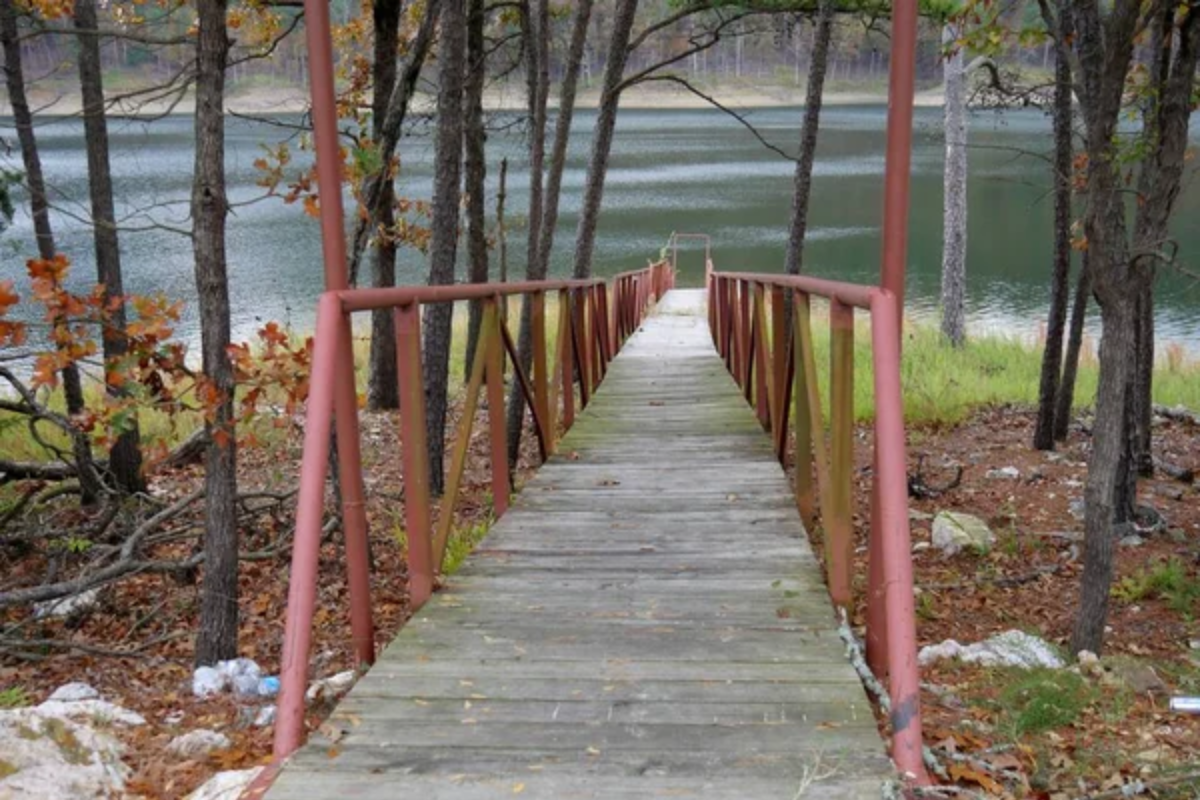
Just outside town, this historic one-lane suspension bridge dates from 1949 and remains the last of its kind in Arkansas. Nicknamed the “Little Golden Gate,” the bridge spans the White River at Beaver Town, providing a scenic drive worth the short detour.
The wooden deck creates a distinctive rumble as vehicles cross, though many visitors prefer to park and walk across to better appreciate the view of the river below. The nearby town of Beaver offers additional historic buildings worth exploring.
Enduring Mountain Magic
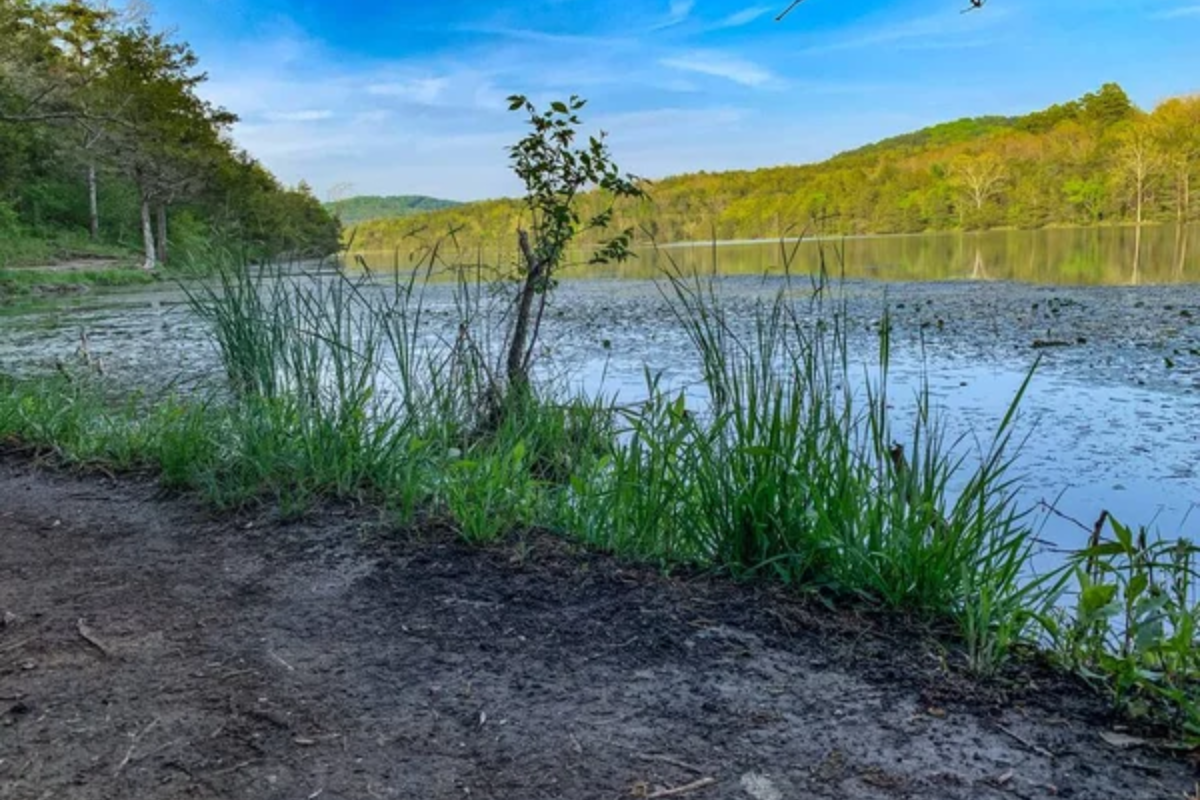
Eureka Springs continues to defy easy categorization, blending natural beauty, architectural treasures, and artistic energy into a distinctive destination. The town’s ability to preserve its Victorian charm while embracing contemporary creativity ensures its place among America’s most distinctive small towns.
Whether exploring hidden springs, admiring architectural wonders, or simply soaking in the creative atmosphere, visitors discover why this mountain retreat has captivated travelers for generations.
Like Travel Pug’s content? Follow us on MSN.
More from Travel Pug

- Cities Growing so Fast You Won’t Recognize Them in 10 Years
- 13 Destinations Where Tourists Regularly Regret Their Trip
- 16 U.S. Cities That Are Quietly Becoming Travel Hotspots
- Where to Travel If You Love Long Bus Rides and Daydreams
- 20 Cities Perfect for Solo Travelers Who Crave Adventure & Culture
Like Travel Pug’s content? Follow us on MSN.
